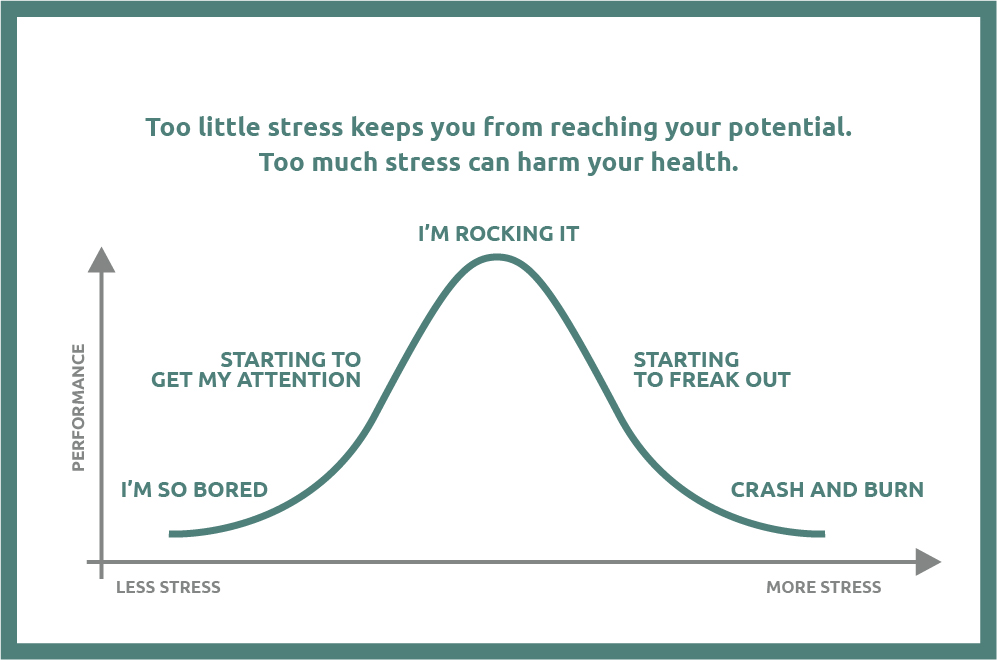Sickness absence often leaves everyone feeling frustrated. The individual who is sick, the manager trying to cover the work requirements and colleagues filling in the gaps. Not to mention the high cost to the company.
Ill health is often unexpected leaving the individual feeling unwell, vulnerable and possibly worrying about the security of their role as well as the financial implications of their absence.
However, with a clear understanding of the businesses expectations and processes this may help all stakeholders during this event. Morale is also improved as both managers and employees can see that the company is focused on resolving sickness absence and ensuring the workplace is a fair and healthy place to work.
A proactive approach is very helpful in the management of sickness absence as well as ensuring the skeleton of the system is in place. This ensures the steps are followed as soon as they should be. The sickness absence skeleton has 5 main functions:
1. Creates shape
Management understanding & commitment
Awareness & training
2. Allows movement into and out of work
Notification of absence
Evidence of ill-health
3. Provides protection
Confidentiality
Discrimination / Equality Act
4. Generates actions required in supporting ill-heath
Managing absence
Sick pay
Return to work interviews
5. Provision of support
Referral to Occupational Health
Reasonable adjustments
Normalising the sickness absence process can help reduce the associated stigma of ill health. Helping individuals come to terms with their condition sooner, focusing on their recovery, including treatment, rest and/or rebuilding self-confidence. Facilitating employees back into productive employment as soon as reasonably possible.
Contact us to see how our experts can help.
